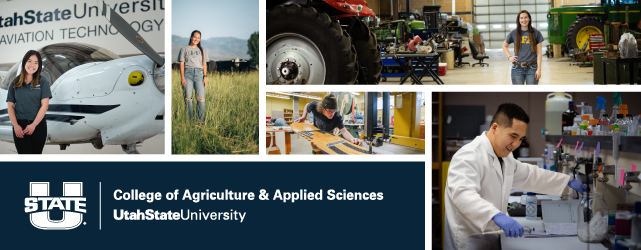Recent developments in anti-severe acute respiratorysyndrome coronavirus chemotherapy
Document Type
Article
Journal/Book Title/Conference
Recent developments in anti-severe acute respiratorysyndrome coronavirus chemotherapy
Volume
6
Publication Date
2011
First Page
615
Last Page
631
Abstract
Severe acute respiratory syndrome coronavirus (SARS-CoV) emerged in early 2003 to cause a very severe acute respiratory syndrome, which eventually resulted in a 10% case-fatality rate. Owing to excellent public health measures that isolated focus cases and their contacts, and the use of supportive therapies, the epidemic was suppressed to the point that further cases have not appeared since 2005. However, despite intensive research since then (over 3500 publications), it remains an untreatable disease. The potential for re-emergence of the SARS-CoV or a similar virus with unknown but potentially serious consequences remains high. This is due in part to the extreme genetic variability of RNA viruses such as the coronaviruses, the many animal reservoirs that seem to be able host the SARS-CoV in which reassortment or recombination events could occur and the ability coronaviruses have to transmit relatively rapidly from species to species in a short period of time. Thus, it seems prudent to continue to explore and develop antiviral chemotherapies to treat SARS-CoV infections. To this end, the various efficacious anti-SARS-CoV therapies recently published from 2007 to 2010 are reviewed in this article. In addition, compounds that have been tested in various animal models and were found to reduce virus lung titers and/or were protective against death in lethal models of disease, or otherwise have been shown to ameliorate the effects of viral infection, are also reported.
Recommended Citation
Barnard, D. L. and Y. Kumaki. 2011. Recent developments in anti-severe acute respiratory syndrome coronavirus chemotherapy. Future Virology 6:615-631. PMID: 2192554






Comments
Future Virology 6:615-631. PMID: 2192554